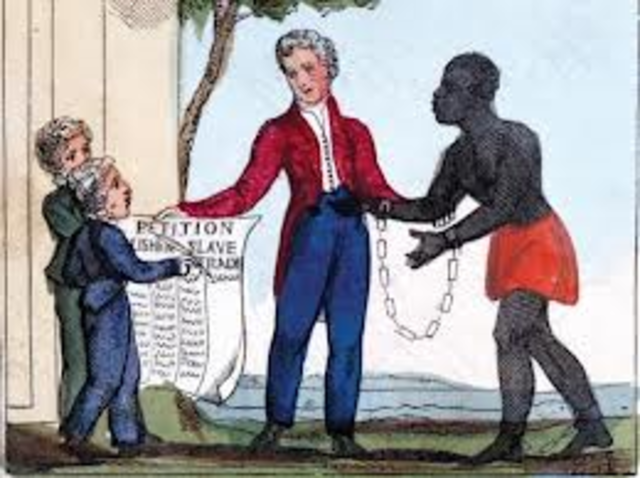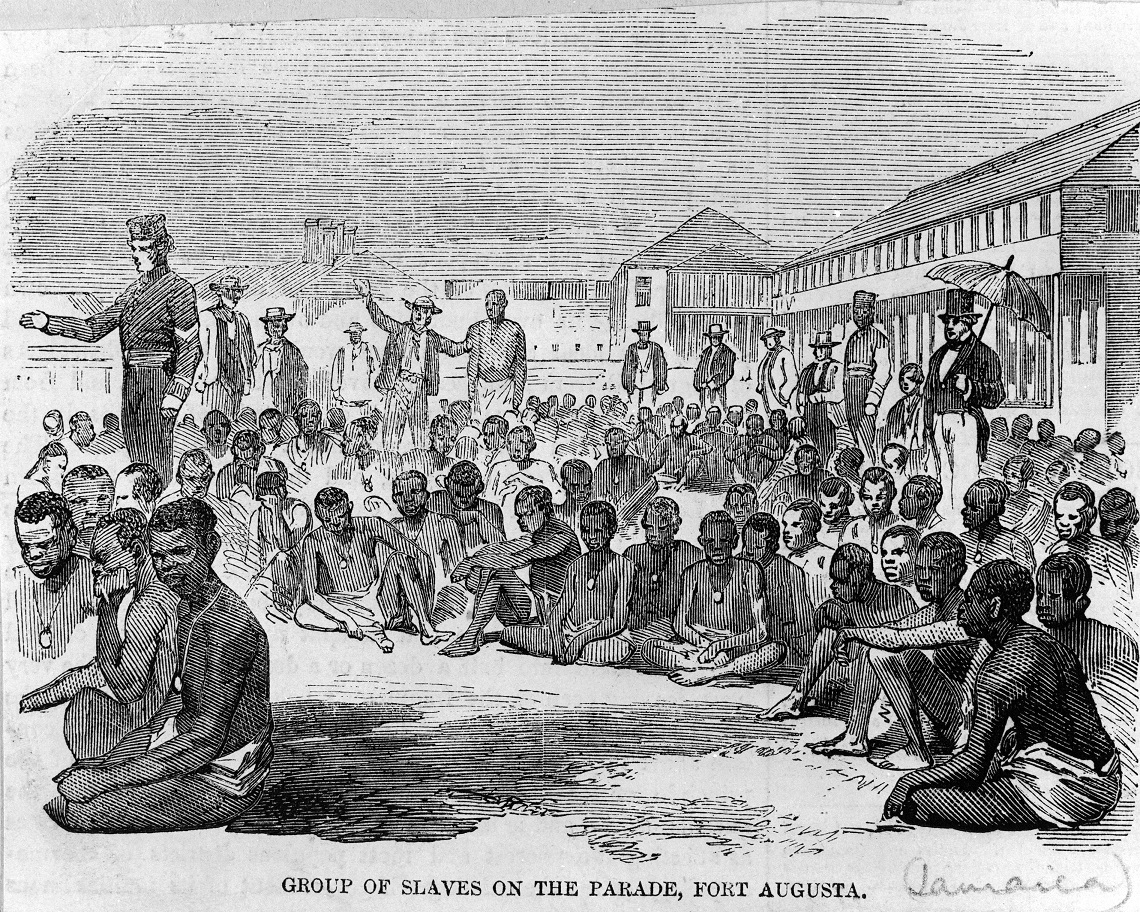

The Atlantic slave trade thus became the pivotal element in an international accumulation process.Ī region of West Africa - today comprised of the nations of Benin, Ghana, Togo, and parts of Nigeria - became the vile hunting ground for European merchants. Jamaica possessed extensive, fertile land and masses of capital, but lacked sufficient labor after the destruction of the indigenous population. The Atlantic slave trade thus became the pivotal element in an international accumulation process.

Jamaica’s original name in the language of the Taino people, Xaymaca, means “land of wood and water.” As a British colony, it possessed extensive, fertile land and masses of capital, but lacked sufficient labor after the destruction of the indigenous population through disease and enslavement. British colonialism chiefly meted out its violence and pernicious greed against the kidnapped and enslaved bodies of black Africans, but it was also not uncommon for guns to be drawn when disputes broke out between local white political figures. The Jamaican colonial ruling class displayed a “know-nothingness,” relying purely on coercion through “the hands of plantation bosses and their muskets and whips,” in a way that was comparable to frontier settlements. Zoellner compares these structural features of Jamaica in the early 1800s to conditions in the US South, with a slave population accounting for 33 percent of the total - a region where, in contrast, “freehold farms and small artisanal businesses coexisted with large plantations.” The resident white plantocracy ruled colonial Jamaica as a small minority living in constant fear of the slave population upon whom their wealth and privilege depended. The island’s system of rule rested on coercion without even a semblance of consent. One clear mark of class privilege among the plantation owners was absenteeism: those who could afford to leave the island, “the moneyed overclass,” would return to England. The author describes white plantation society in colonial Jamaica as “a suburb of Hell,” where “the stultifying class system that reigned back home in England was completely reframed in the West Indies.” The main defining characteristic of this colonial society was the accumulation of black Africans as slave property and the use of their labor. However, his storytelling ability makes this history extremely readable, if not less painful. The details recounted by Zoellner, who draws on extensive historical documentation, are often harrowing. It was a mass uprising that became a critical turning point in the demise of a system that had sustained Europe’s empires for centuries.

But he also tells a story of irrepressible resistance and self-organization that generated the slave rebellion of 1831. Zoellner documents in vivid detail the base violence and inhumanity of institutionalized slavery in plantation-era Jamaica. Tom Zoellner’s book Island on Fire is an important contribution to our understanding of what Saidiya Hartman has described as the “afterlife” of slavery. Review of Island on Fire: The Revolt That Ended Slavery in the British Empire, by Tom Zoellner (Harvard University Press, 2020).


 0 kommentar(er)
0 kommentar(er)
